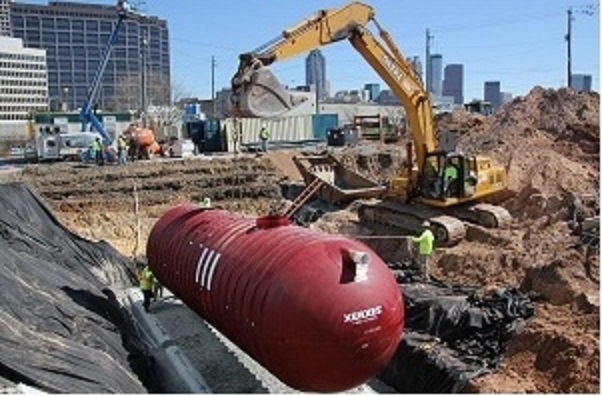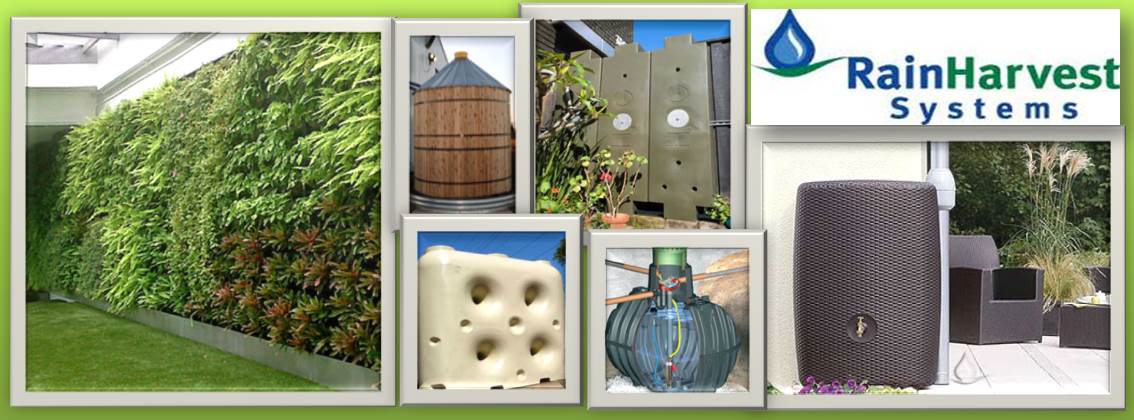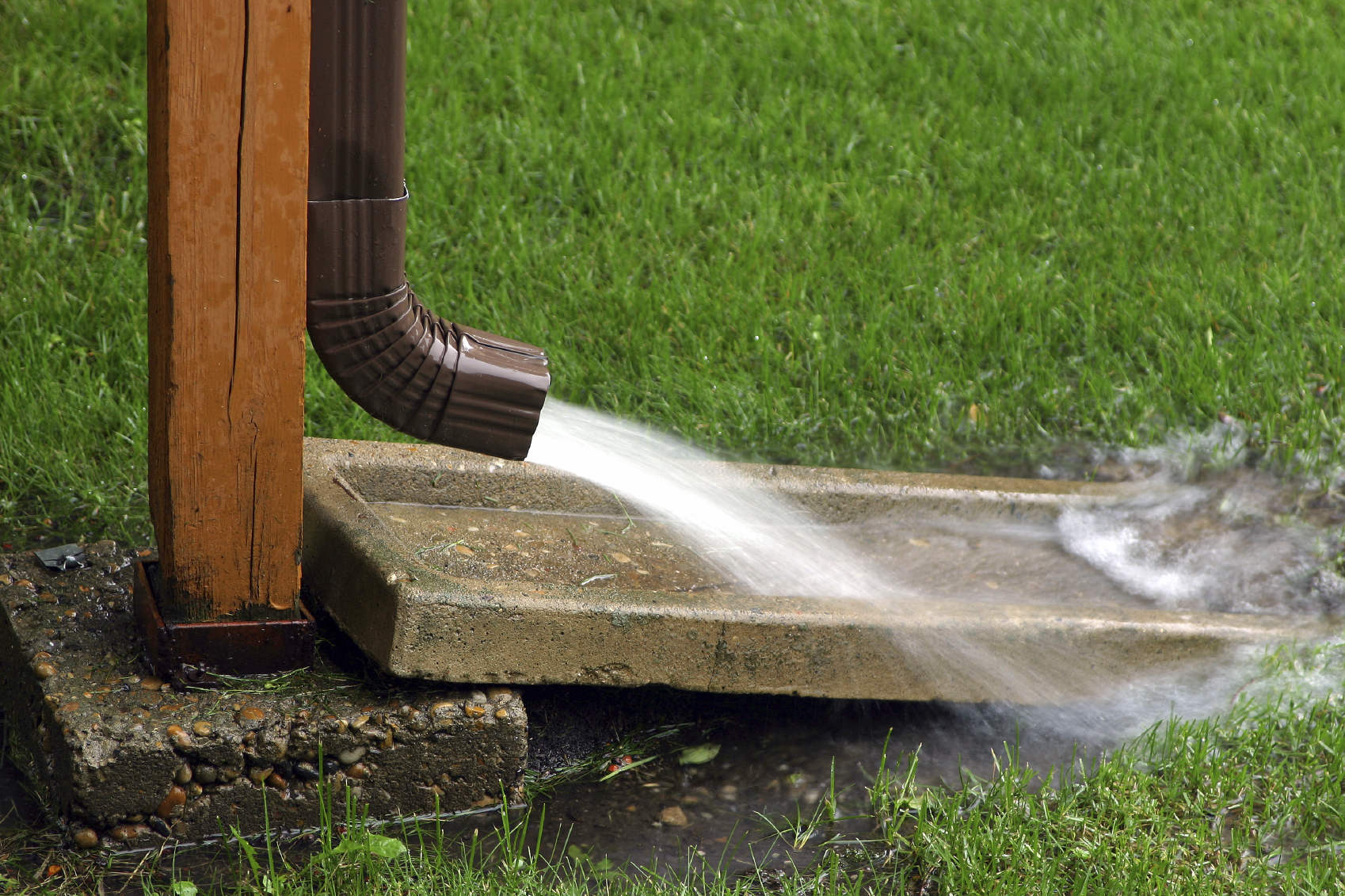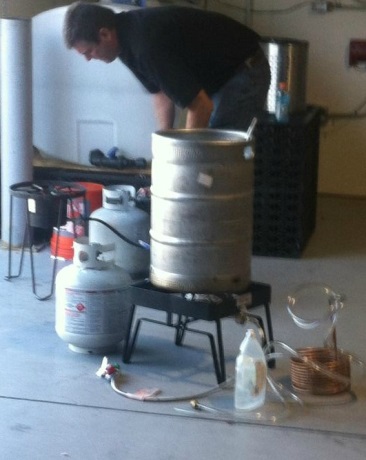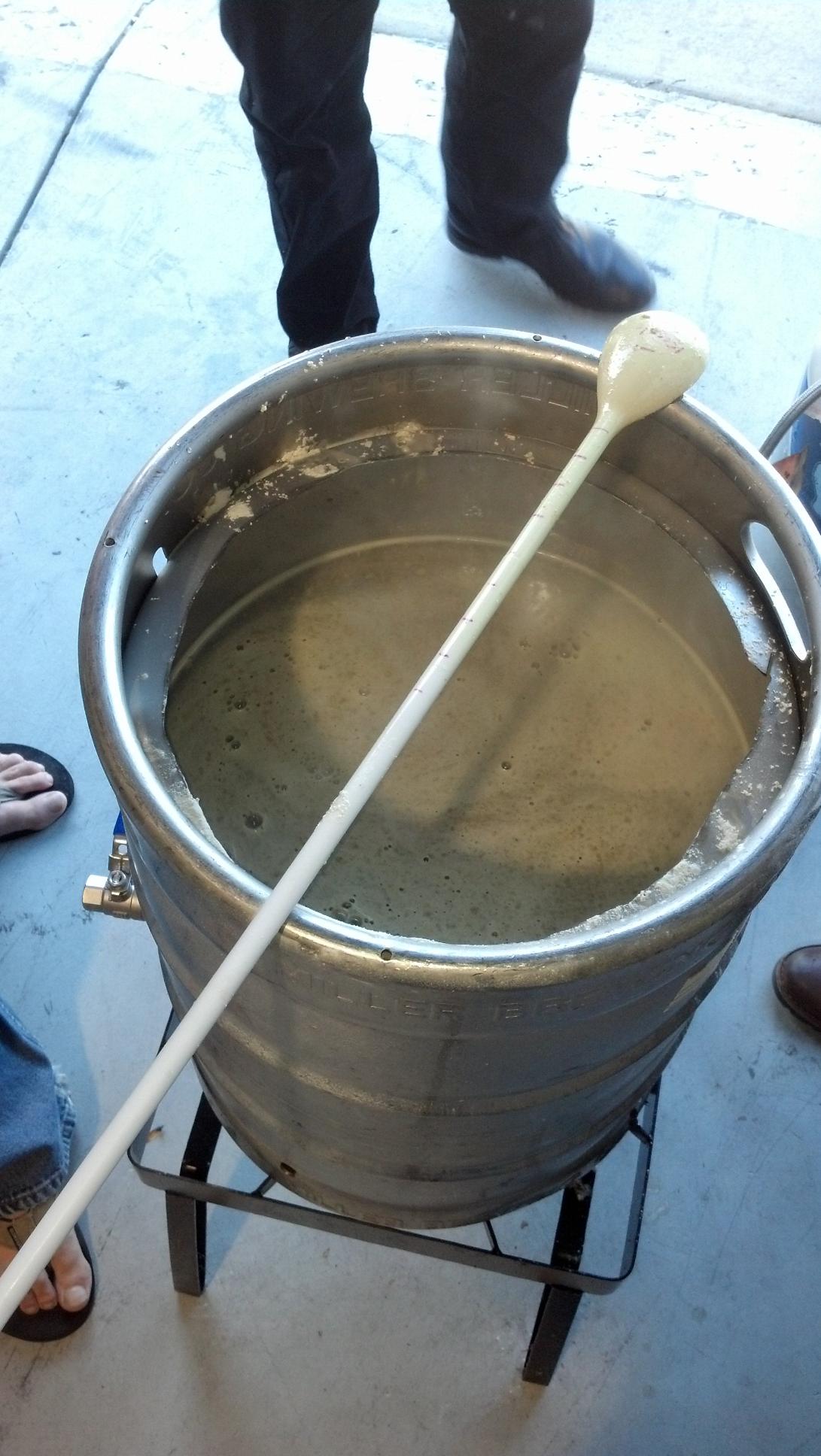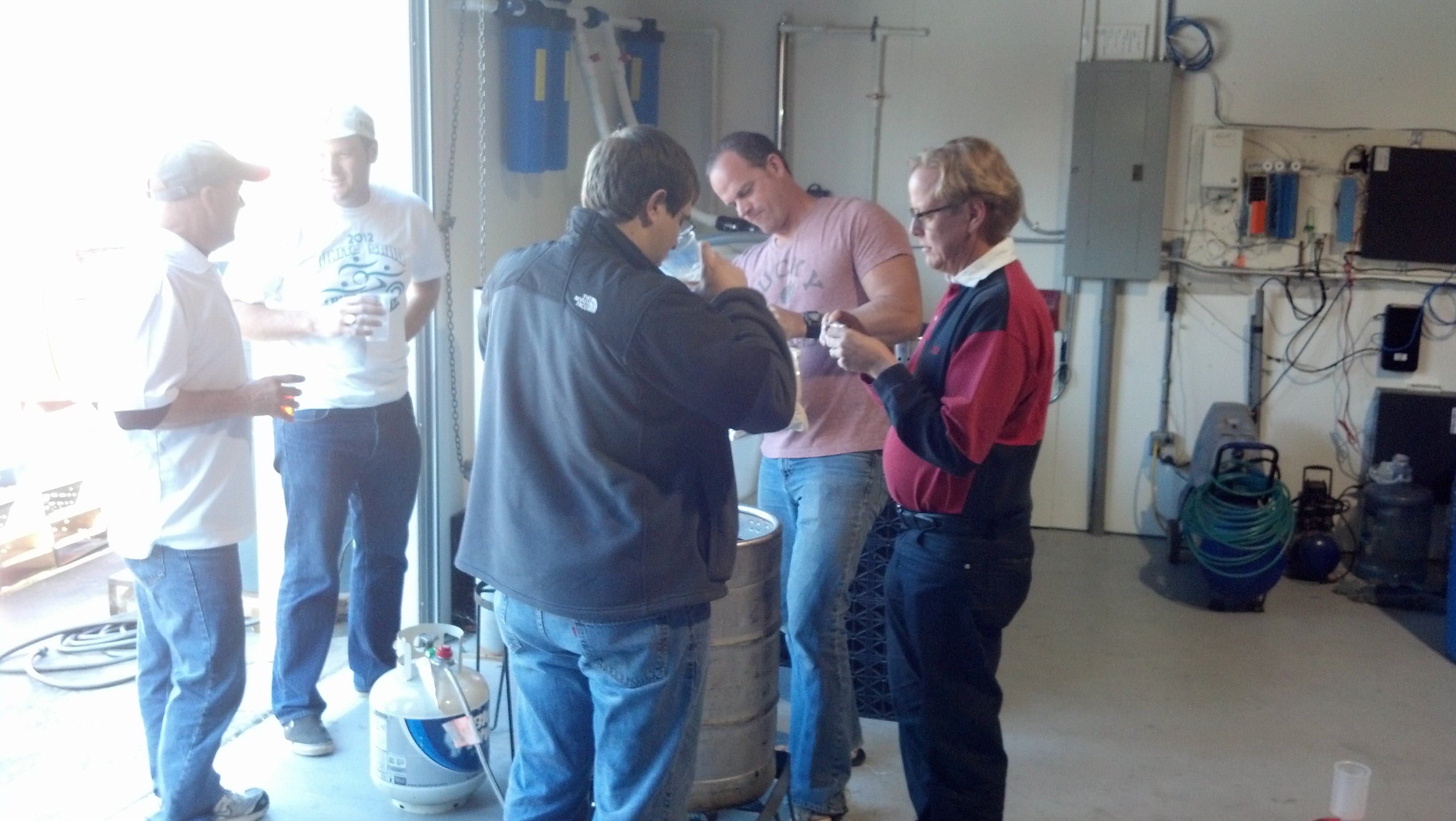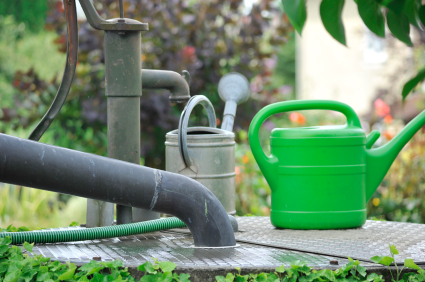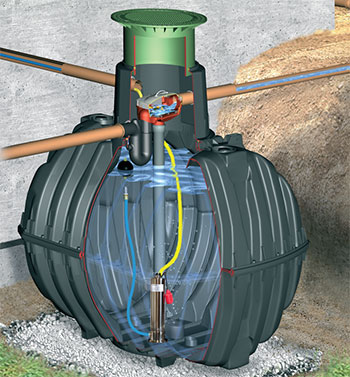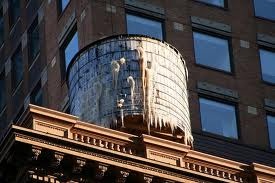We have just introduced our brand new commercial fiberglass rainwater harvesting packages. In commercial applications, it is common practice to use a fiberglass rainwater harvesting tank in underground applications. Fiberglass tanks provide significant flexibility in terms of sizing and accessories (access openings, inlet/outlet pipe sizes, couplings, etc.) Fiberglass tanks also provide flexibility in situations of high ground water, or where a specific load rating needs to be achieved.
Each potable water tank is designed and manufactured to meet a customer’s specific requirements. They can be manufactured with materials that conform to the requirements of NSF® Standard 61 — Drinking Water System Components — Health Effects. The National Sanitation Foundation (NSF) is a leading international organization that develops standards and tests and certifies products in the areas of public health safety and environmental protection. Our fiberglass tanks are manufactured with a resin that has been approved as conforming to NSF standards for drinking water system components. The manufacturing process for these potable water tanks with NSF-listed materials offers a significant advantage over steel and concrete tanks. It also incorporates an NSF-listed-resin interior with a polyester-resin-glass exterior. This is the most effective combination for a potable water tank. Fiberglass tanks come standard with an H-20 load rating to ensure that they can support the heavy loads that may need to travel over top of them. Additionally, the tanks are entirely ground water stable when using the deadmen anchoring system, which is composed of pre-fabricated concrete deadmen.
Our standardized packages range in size from 10,000 to 30,000 gallons. The configurations that we have listed represent a baseline system component offering. All packages come standard with a 6″ or 10″ inlet and outlet, a 30″ access opening, a 30″X36″ access riser, a ladder, a half coupling, and the deadmen anchoring system. Additionally, the systems come with a Graf Optimax Industrial Pre-Filter for roof areas up to 16,000 square feet, a calming inlet, and a flow inducer pump station with flow rates between 25 – 60 GPM at 60 PSI.
Owners and designers of new construction and major renovation projects will benefit from these fiberglass tanks, too. These packages qualify for points under the US Green Building Council’s sustainable sites and water efficiency categories of its LEED® (Leadership in Energy and Environmental Design) Green Building Rating System™. It wins points in categories including water efficient landscaping, innovative waste water technologies, storm water, and overall water use reduction.
For pricing and custom configurations, call us at 800-654-9283.

